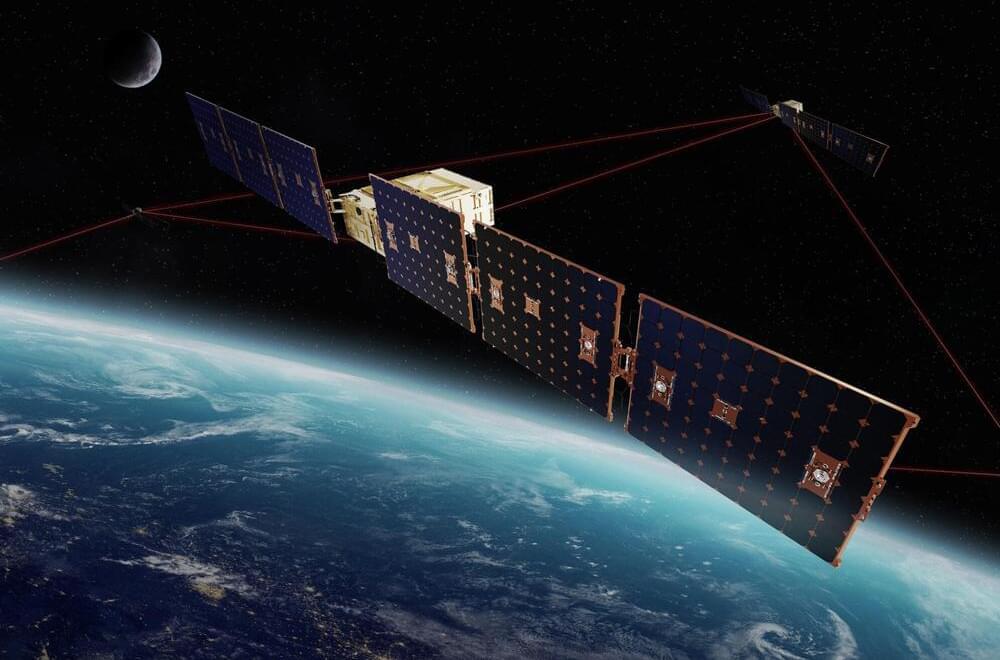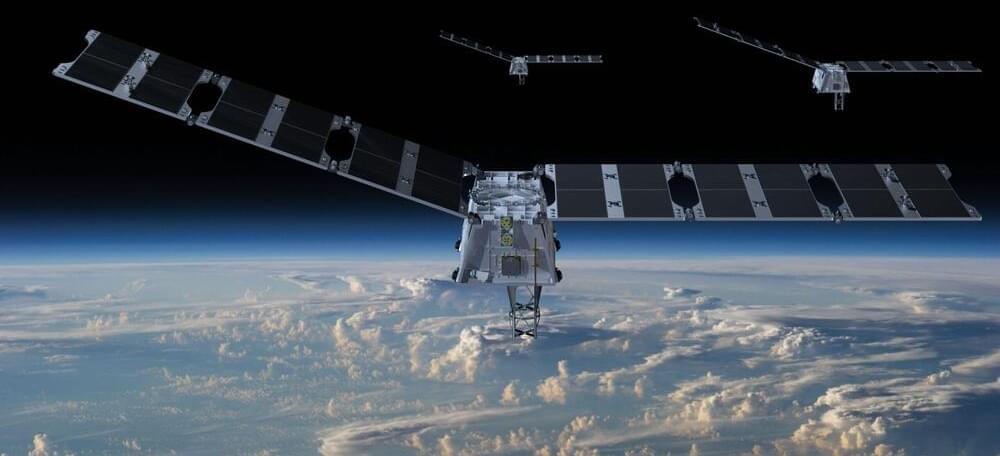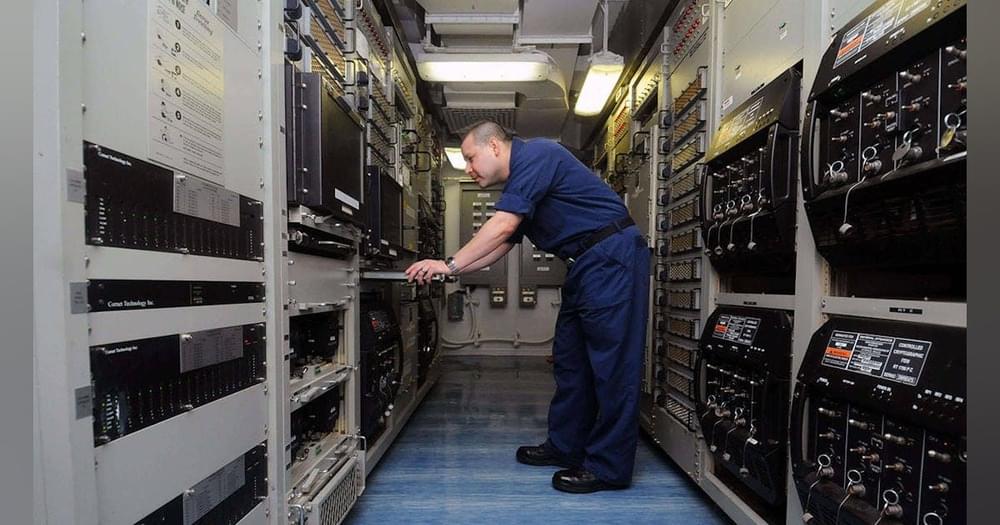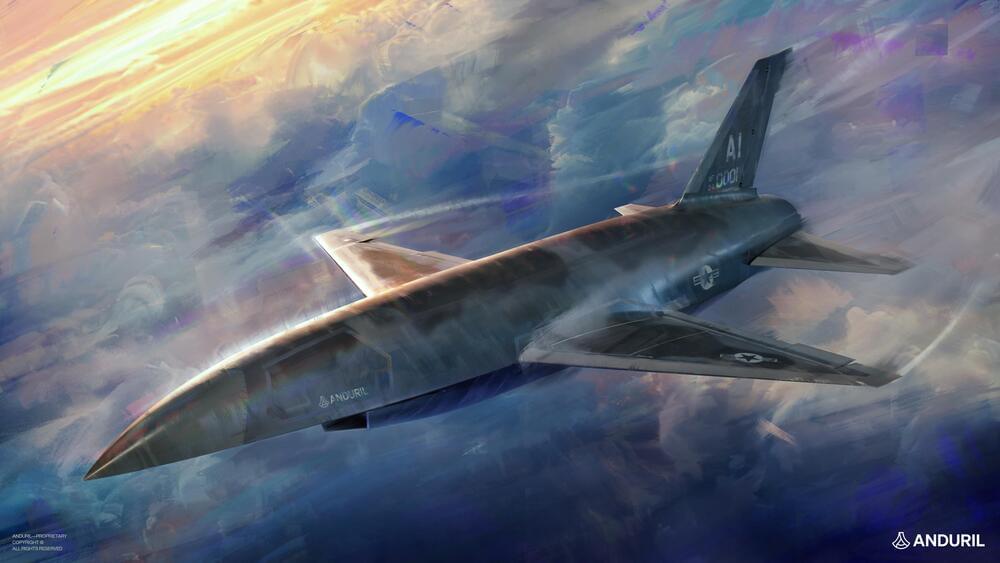WASHINGTON — The Space Development Agency awarded contracts to Terran Orbital and York Space Systems to build and operate 10 satellites each for the military’s low Earth orbit communications network, the agency announced Aug. 16.
The contracts, valued at $254 million for Terran Orbital and $170 million for York Space, are for the final 20 satellites of SDA’s Tranche 2 Transport Layer Gamma program. Delivery is expected in the fourth quarter of fiscal year 2027.
These satellites will form part of the Proliferated Warfighter Space Architecture, a constellation of data relay and sensor satellites designed to provide global communications and missile detection capabilities.








